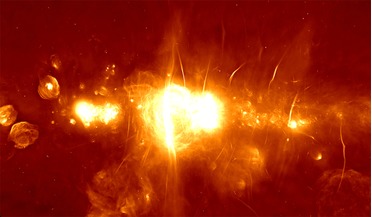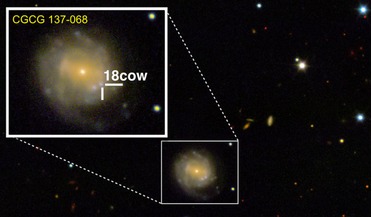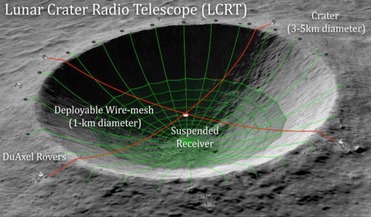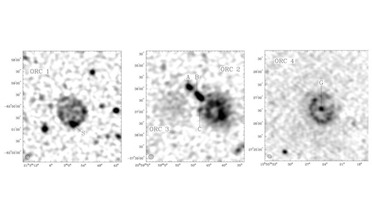 16 October 2017
First detected neutron star merger reveals more than gravitational waves
16 October 2017
First detected neutron star merger reveals more than gravitational waves
... was detected in gamma-rays, X-rays, optical light and infrared light, thus spanning a large portion of the electromagnetic spectrum. The nature of these radiation signatures have therefore helped support the long-standing idea that double...
 16 July 2018
Science begins with South Africa's super radio telescope
16 July 2018
Science begins with South Africa's super radio telescope
... light does get through - light at very high frequencies (X-Rays) and light at the other end of the electromagnetic spectrum (low frequencies I.e.radio waves) can escape beyond the thickly shrouded centre and this is where MeerKAT...
 11 January 2019
Birth of a black hole possibly captured for first time
11 January 2019
Birth of a black hole possibly captured for first time
...its core in the form of neutrinos, they also bathe their surroundings in a gamut of radiation across the whole electromagnetic spectrum, as this almighty explosion ensues. Most notable is the emittance of high-energy X-rays that gradually fade as the...
 08 April 2020
NASA funds vast radio telescope concept on far side of the Moon
08 April 2020
NASA funds vast radio telescope concept on far side of the Moon
...the dish would be able to observe the Universe in the 5 –100 metre wavelength band, a region of the electromagnetic spectrum rarely utilised in astronomy. The radio telescope, which would have “tremendous advantages compared to Earth-based telescopes...
 17 April 2020
A six-planet system is discovered and more could be hiding say astronomers
17 April 2020
A six-planet system is discovered and more could be hiding say astronomers
...spectrograph called SOPHIE; a spectrograph is an instrument used to measure properties of light over a specific portion of the electromagnetic spectrum and it has been used to search for Neptunes and super-Earths in the Northern Hemisphere since 2011...
 10 July 2020
An unexpected class of 'odd' circular objects found by astronomers
10 July 2020
An unexpected class of 'odd' circular objects found by astronomers
... big they really are. All four ORCS are also only visible in the radio portion of the electromagnetic spectrum, so they cannot be seen at infrared, optical or X-ray wavelengths. Whatever they are, they are certainly strange; all...